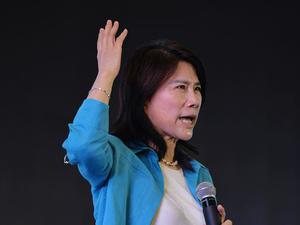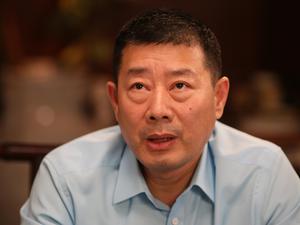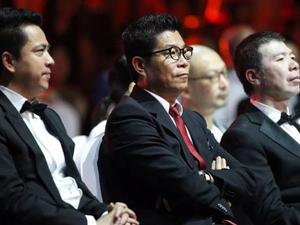转自:康龙化成
Photouranium-CatalyzedC−F Activation Hydroxylation via Water Splitting
Xiu Zhao, Leiyang Bai, Jiayi Li, and Xuefeng Jiang*
Hainan Institute of East China NormalUniversity, Shanghai Key Laboratory of Green Chemistry and Chemical Processes,State Key Laboratory of Petroleum Molecular & Process Engineering, Schoolof Chemistry and Molecular Engineering, East China Normal University, Shanghai200062, P.R. China;
School of Chemistry and Chemical Engineering, Henan NormalUniversity, Xinxiang, Henan 453007, P.R. China; State Key Laboratory ofOrganometallic Chemistry, Shanghai Institute of Organic Chemistry, ChineseAcademy of Sciences, Shanghai 200032, P.R. China
—J. Am. Chem. Soc., 2024, 146, DOI:10.1021/jacs.3c13908.
Recommended by Xiuning Hu_MC4

ABSTRACT:The C−F bond is the strongest covalentsingle bond (126 kcal/mol) incarbon-centered bonds, in which the highest electronegativity of fluorine (χ =4) gives rise to the shortest bond length (1.38 A) and the smallest van derWaals radius (rw =1.47 A), resulting in enormous challenges for activation and transformation.Herein, C−F conversion was realized via photouranium-catalyzedhydroxylation of unactivated arylfluorides using water as a hydroxyl source to deliver multifunctional phenolsunder ambient conditions. The activation featured cascade sequences of singleelectron transfer (SET)/hydrogen atom transfer (HAT)/oxygen atom transfer(OAT), highly integrated from the excited uranyl cation. The *UO22+ promptedwater splitting under mild photoexcitation, caging the active oxygen in a peroxo-bridgedmanner for the critical OAT process and releasing hydrogen via the HAT process.


PhotoinducedUV from excited UVI

Photouranium-catalyzedhydroxylation of unactivated arylfluorides

Condition Optimization
(A) The effect of photocatalysts (B) Theeffect of the hydrogenbonddonor

Substrate Scope


Plausible Mechanism: The left is for theC−F activation cycle, and the right is for the water-splitting cycle


Prof.Xuefeng Jiang andhis co-workers have developed a photouranium-catalyzedhydroxylation of unactivated aryl fluoridesunderambient conditions to generate a series of sensitive and versatile phenols. Thechallenging C−F bond activation was achieved via hydrogen bonding, featuringsingle electron oxidation via active uranyl cation *UO22+,with high oxidation potential energy.Cascade LMCT, SET, HAT, and OAT processes of UO22+facilitated water splitting, resulting inthe generation of peroxo-bridgedcages through hydrogen evolution. The evolution of the uranyl peroxide crystalunambiguously confirmed that OAT from water to organic molecules was achievedvia uncaging the peroxomotif. This protocol not only establishes a logic for inert bond activation butalso provides an economically viable cycle for water splitting.

VIP课程推荐
APP专享直播
热门推荐
收起
24小时滚动播报最新的财经资讯和视频,更多粉丝福利扫描二维码关注(sinafinance)








